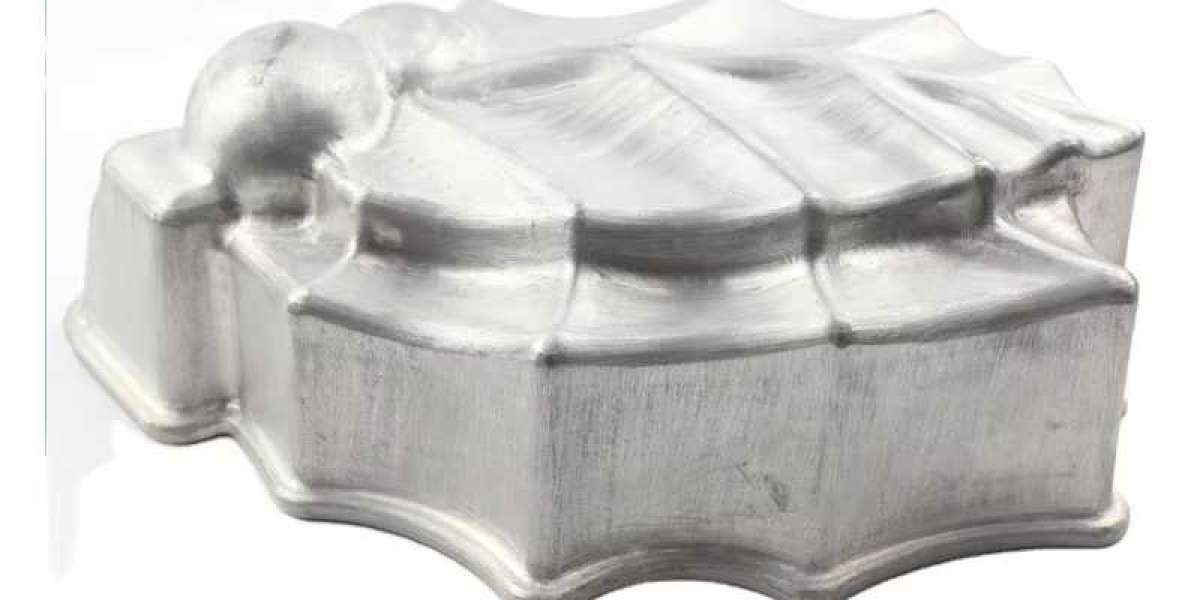Die casting is a manufacturing process that has gained immense popularity across various industries due to its unique advantages. This technique allows for the production of complex shapes with high precision and excellent surface finish. As industries continue to evolve, die casting remains a critical component in manufacturing processes, providing both efficiency and cost-effectiveness.
One of the primary advantages of die casting is its ability to produce lightweight yet durable components. This property is particularly valuable in the automotive industry, where manufacturers seek to enhance fuel efficiency without compromising safety. Die casting enables the creation of intricate parts that contribute to the overall performance of vehicles, such as engine blocks, transmission cases, and structural components. The strength and reliability of die-cast parts make them ideal for high-performance applications, ensuring that they can withstand the rigorous demands of modern vehicles.
In addition to the automotive sector, die casting finds extensive applications in the electronics industry. The need for lightweight and compact designs has led to an increased reliance on die-cast components for housings, heat sinks, and other electronic enclosures. The thermal conductivity of materials used in die casting, such as aluminum and zinc, enhances the performance of electronic devices by facilitating efficient heat dissipation. Furthermore, the precision offered by die casting ensures that electronic components fit together seamlessly, reducing the risk of malfunctions and improving overall reliability.
The versatility of die casting extends to the aerospace industry as well. Aerospace components often require stringent quality standards and lightweight materials to ensure optimal performance at high altitudes. Die casting allows for the production of complex geometries that meet these requirements while maintaining structural integrity. Components such as brackets, housings, and fittings produced through die casting are not only lightweight but also exhibit exceptional strength, making them suitable for critical applications in aircraft and spacecraft.
Moreover, die casting is increasingly being adopted in the consumer goods sector. Products ranging from kitchen appliances to furniture fixtures benefit from the aesthetic and functional advantages of die-cast components. The ability to create intricate designs with a smooth finish enhances the visual appeal of consumer products, while the durability of die-cast materials ensures longevity. This makes die casting a preferred choice for manufacturers looking to combine style with substance in their offerings.
In conclusion, the versatility of die casting is evident in its widespread applications across various industries, including automotive, electronics, aerospace, and consumer goods. The benefits of lightweight, durable, and precise components make die casting an indispensable manufacturing process. As industries continue to innovate, the demand for die-cast products is expected to grow, solidifying its role in shaping the future of manufacturing.








